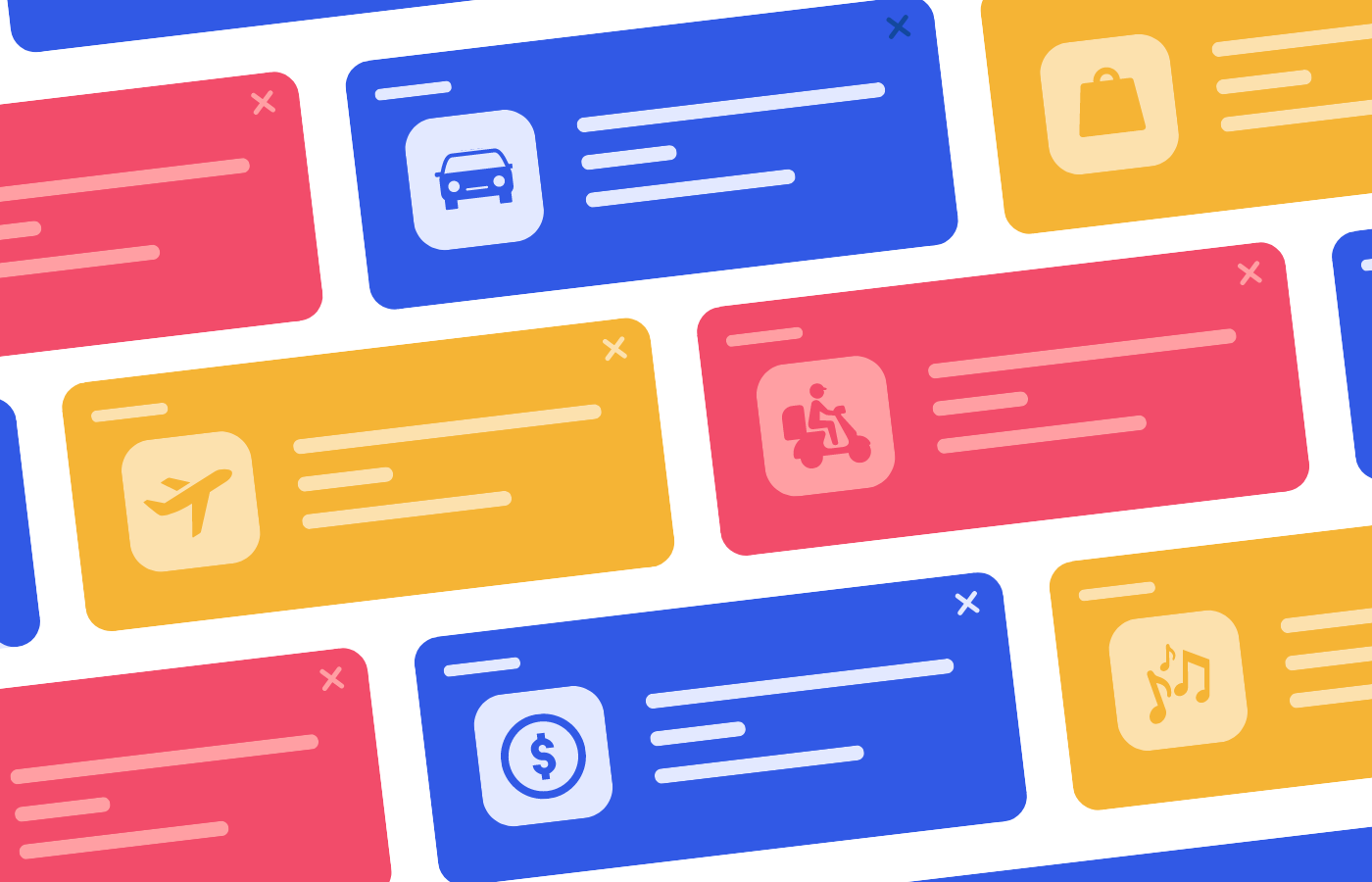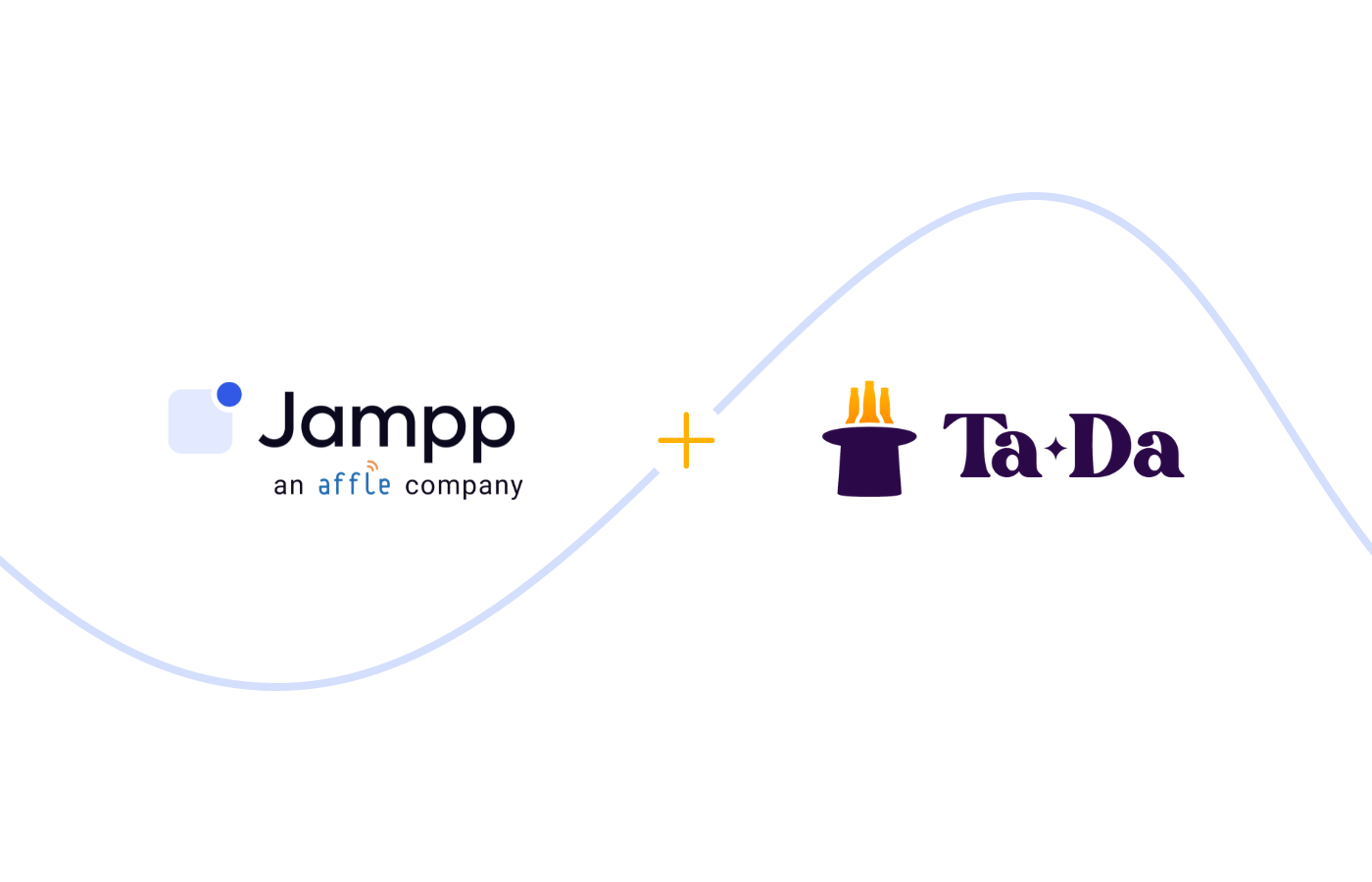How long do programmatic app campaigns take to ramp up and why
In this article, we discuss the three phases of programmatic campaigns and why they are key to driving incremental performance.
December 17, 2021

Programmatic campaigns are fueled by machine learning 🤖. However, this doesn’t mean that an algorithm can instantly solve all your app marketing challenges. What it means is that in programmatic campaigns, the algorithm will learn how to drive incremental sales for your mobile business.
Read on to learn more about how programmatic campaigns work, including:
- What are the phases of programmatic campaigns?
- Why is the learning phase so important?
- How long do programmatic campaigns take to ramp up?
What are the 3 phases of programmatic app marketing? Why are they important?

The 3 phases of programmatic marketing campaigns are Exploration, Optimization, and Scale. Let’s dive deeper into each of them:
Exploration
During the Exploration phase (also known as the “learning phase”), our machine learning algorithms do what they do best: learning. By analyzing 1000s of variables, our growth platform identifies which specific ad units, placements, and contextual data points are driving the most conversions for the campaign—and therefore, what ads to show, as well as where and when to increase engagement and ROAS.
In this phase, campaign performance tends to be less stable. The system is learning which combination of behavioral and contextual data points work best—and while multiple users are being exposed to ads, not all of them might actually convert. This learning curve translates into lower campaign volume and CPA peaks which will be optimized in the following phases.
Optimization
By now, the algorithm has learned when and how to reach the users that are more likely to interact with the ad or be motivated to take action after seeing an ad—now it’s time to optimize campaign performance.
Our machine learning model will focus on finding which combination of variables will drive the best performance for the advertiser’s KPIs. As a result, campaign volume will start to increase and CPAs will fall.
Scale
Having found the best combination of behavioral and contextual data points, our goal will be to achieve quality at scale, reaching more users while driving incremental growth for your app. To that end, we’ll focus on finding users with similar behavioral traits to those who have interacted with the brand in the previous phases. We’ll also optimize the campaign towards the ad placements and inventory where users made the most conversions.
How long does it take to find good performance and scale in programmatic?
This is one of the top questions app marketers have for mobile DSPs. As is often the case in programmatic, it comes down to data.
Simply put, the more data we analyze, the shorter the Exploration phase will be. Larger budgets upfront will result in faster data collection and the ability to build predictive models quicker. Smaller budgets can work too, but they will result in longer exploration phases and subsequently take longer to deliver positive results.
It’s also important to consider the app vertical. It takes a certain amount of registered events to optimize a programmatic campaign, but these events vary depending on the type of app. For example, it’s easier to optimize towards a high-frequency event (e.g. hailing a taxi, ordering food) than a low-frequency event (e.g. applying for a credit card, booking a flight).
Does the time it takes to ramp up differ between User Acquisition and App Retargeting Campaigns?
Yes, and no. The campaign stages are the same, but the type of campaign can influence the amount of time it takes to gather certain data.
In App Retargeting you have more available data points from the in-app behavioral data. However, optimizing towards lower-funnel events (like purchases) takes longer than optimizing for top-of-the-funnel events (like installs). The funnel events you’re looking to optimize for will dictate how many impressions you’re going to need to buy and how much time it will take.
What other factors can influence performance and machine learning in programmatic mobile campaigns?
In any programmatic campaign, there are three basic components that combine to make up performance:
- Ad placements: the inventory where each ad is going to be displayed
- Bidding: the pricing of each ‘bid’ or opportunity of showing an ad
- Creatives: the ads representing different creative concepts across a variety of formats and variations
Any significant change made on these components which might limit the amount of available data is likely to extend the duration of the exploration phase. This includes reducing the budget of the campaign, pausing existing ad sets, and changing key events.
This is why ad strategy needs to be defined upfront and based on the campaign goals to deliver a good balance between creative performance, ROAS, and the time the campaign will take to ramp up.
Key takeaways
Ramping up your programmatic campaigns is more about data points than about time. However, there are certain factors that will impact how much data you are feeding into the machine learning algorithms, such as:
- Campaign budget: the larger the budget, the more data is collected and, therefore, the shorter it takes to reach good performance.
- Type of campaign (User Acquisition vs Retargeting): lower-funnel events take longer to optimize than top-of-the-funnel events.
- Vertical and type of event you are optimizing for: some specific events, like completing the registration process on a Fintech app are harder to optimize than others, such as hailing a ride.
- Creative strategy: the more creative variations you test on large audiences, the wider the Exploration phase will be, and therefore, the longer time it will take for a campaign to ramp up.
- Changes in setup: any modifications in campaign bidding, ad placements, and creatives will make the Exploration phase longer.
If you want to learn more about programmatic app marketing, take a look at our case studies or get in touch with our team to see a live demo.
Subscribe to our email newsletter









